RHS warns of long-term damage to traditional garden favorites following recent heatwave
Following recent record-breaking temperatures, experts have issued a warning about the long-term impact on some of our favorite garden plants
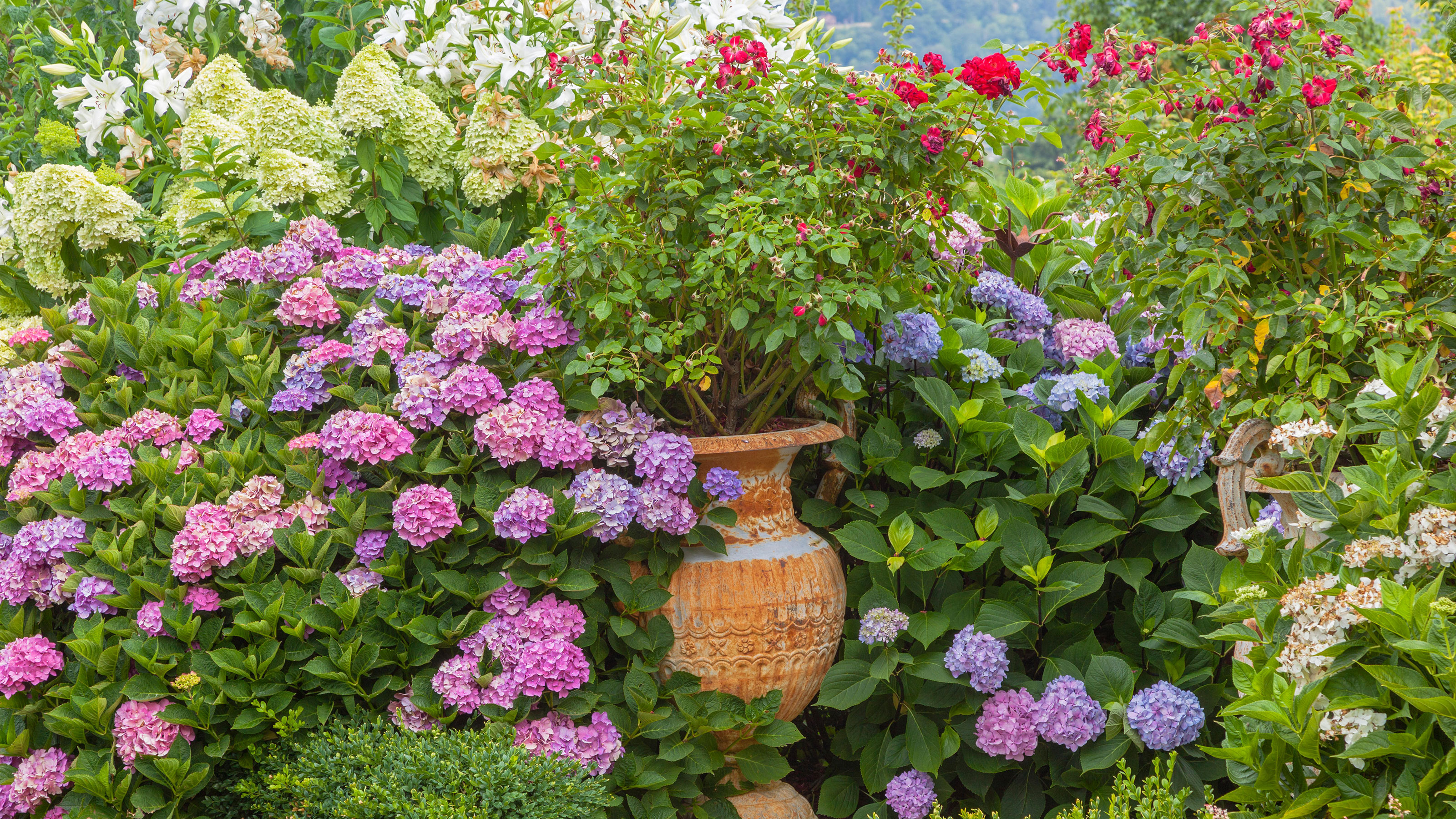

The traditional British garden is under threat from extreme heat, warns the Royal Horticultural Society (RHS) as it launched a survey to examine the damage caused by recent record-breaking temperatures, which reached more than 40˚C in several parts of the UK.
The RHS warns it is likely that in the future delicate flowers including roses and poppies will have to be swapped for more drought tolerant plants such as salvias and dahlias, which are more resistant to torrid growing conditions.
The UK isn't alone in seeing these record-breaking temperatures, with many parts of the globe experiencing similar conditions this summer due to climate change. So what does it mean for some of our typical summer garden favorites?
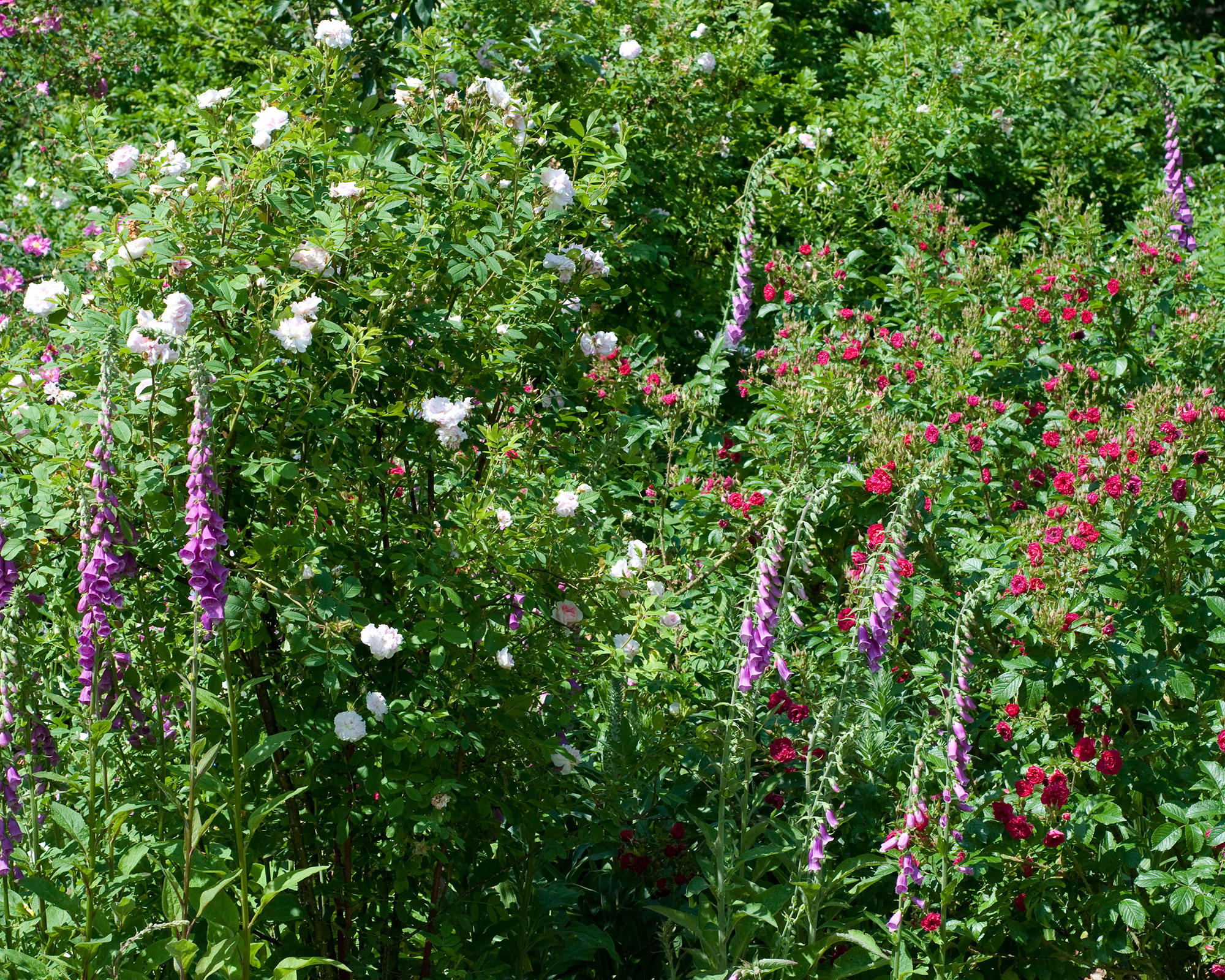
Traditional favorites such as roses and foxgloves can be susceptible to heat
RHS issues a heatwave plant damage warning
It’s always important to protect plants from heat, but Leigh Hunt, principal RHS adviser, says that gardeners will have to take serious action from now on as there's no denying that climate change is impacting the way we garden.
‘The extreme weather conditions could be a catalyst for change in what we view as a traditional British garden. For many years, gardeners have dabbled with more sun-loving, drought-tolerant plants in their gardens, but the summer of 2022 and the anticipated damage it will cause to some favorites could see a more permanent move towards plants that can cope with both extreme wet and dry.’
Hunt says the UK is likely to experience a brief ‘false autumn’, with heavy rain and lower temperatures before the thermometer climbs again, confusing plants yet further and causing long-term damage.
‘In the coming weeks we’re anticipating a false autumn – whereby heat-stressed plants lose their leaves early or turn red or brown,' he says.
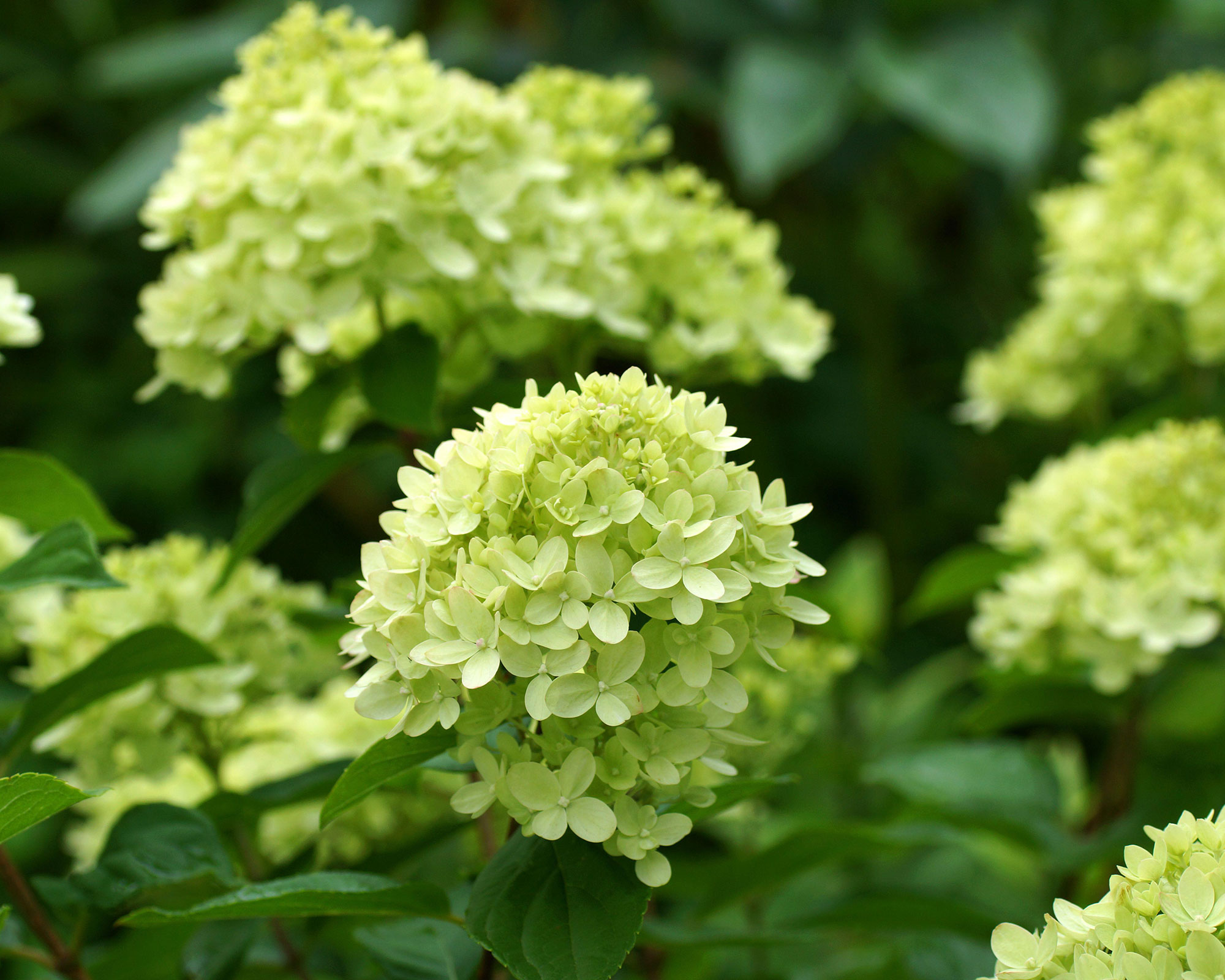
Hydrangeas can struggle in high temperatures
Swap plants, save water
Shannen Godwin, spokesperson for J. Parker’s Dutch Bulbs, agrees that heatwaves are likely to have an impact on our gardens, but says taking proactive steps now will help us protect our flower bed displays from summers to come – and we’ll save on natural resources too.
‘Swapping out plants that need lots of attention and constant watering for more drought-resistant varieties will not only help your garden thrive through droughts, but will also save you money on your water bill, if you’re metered,' she advises.
'Dahlias, day lilies, and geraniums are all great plants that can handle the heat, whereas plants like roses, hydrangeas and azaleas are high maintenance and might struggle in high temperatures.’
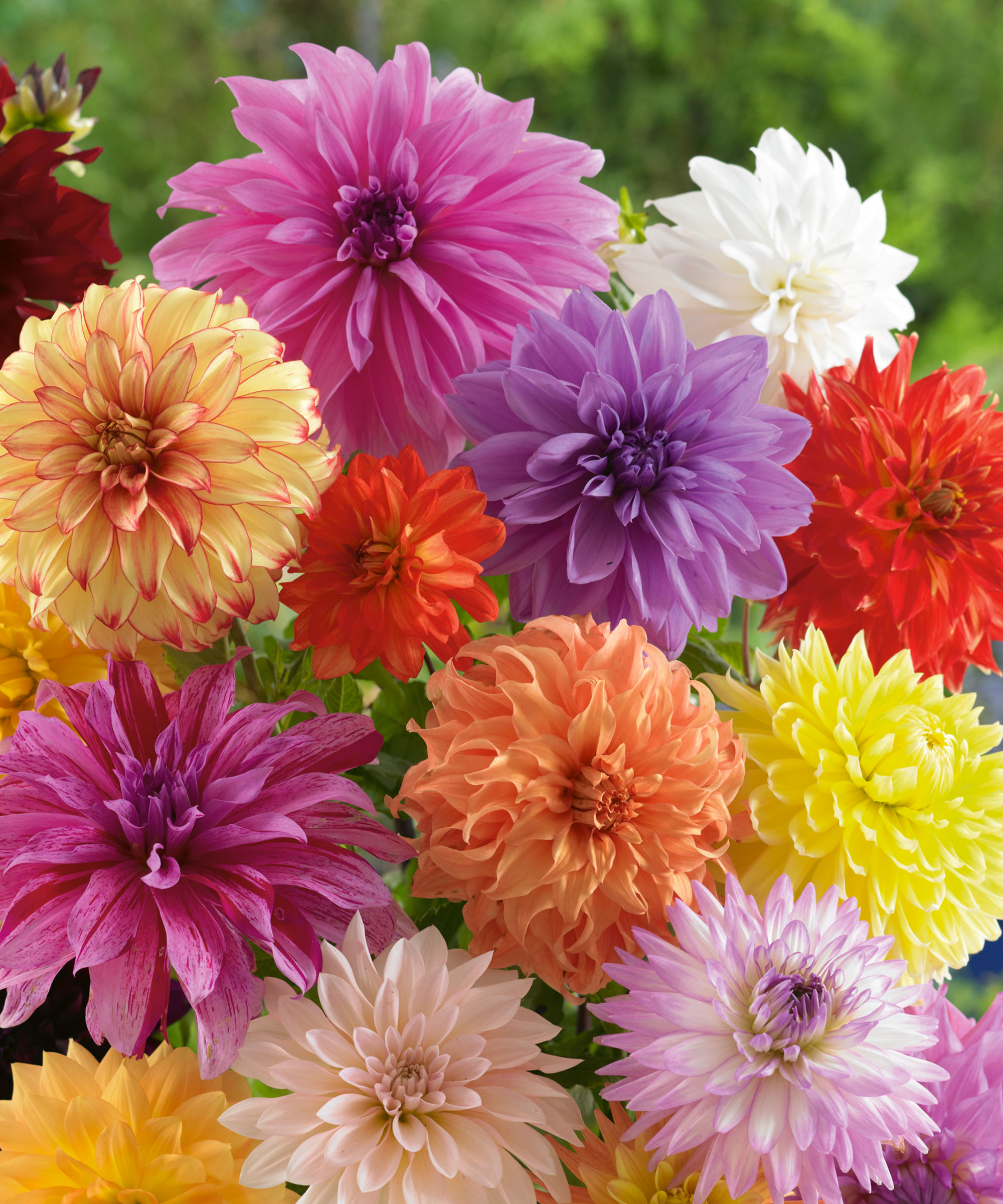
Dahlias can handle the heat better than other summer favorites such as roses
Embrace Mediterranean living
‘Many traditional early summer flowers such as foxgloves, campanulas and peonies require adequate moisture and cooler temperatures to flower well, their blooms quickly shrivelling in heat,' says Annelise Brilli, horticultural expert from seed company Suttons.
‘Swap them for plants typically seen in Mediterranean gardens which will continue to perform in high temperatures such as Phlomis russeliana, salvias, lavender, cistus varieties and euphorbias.’
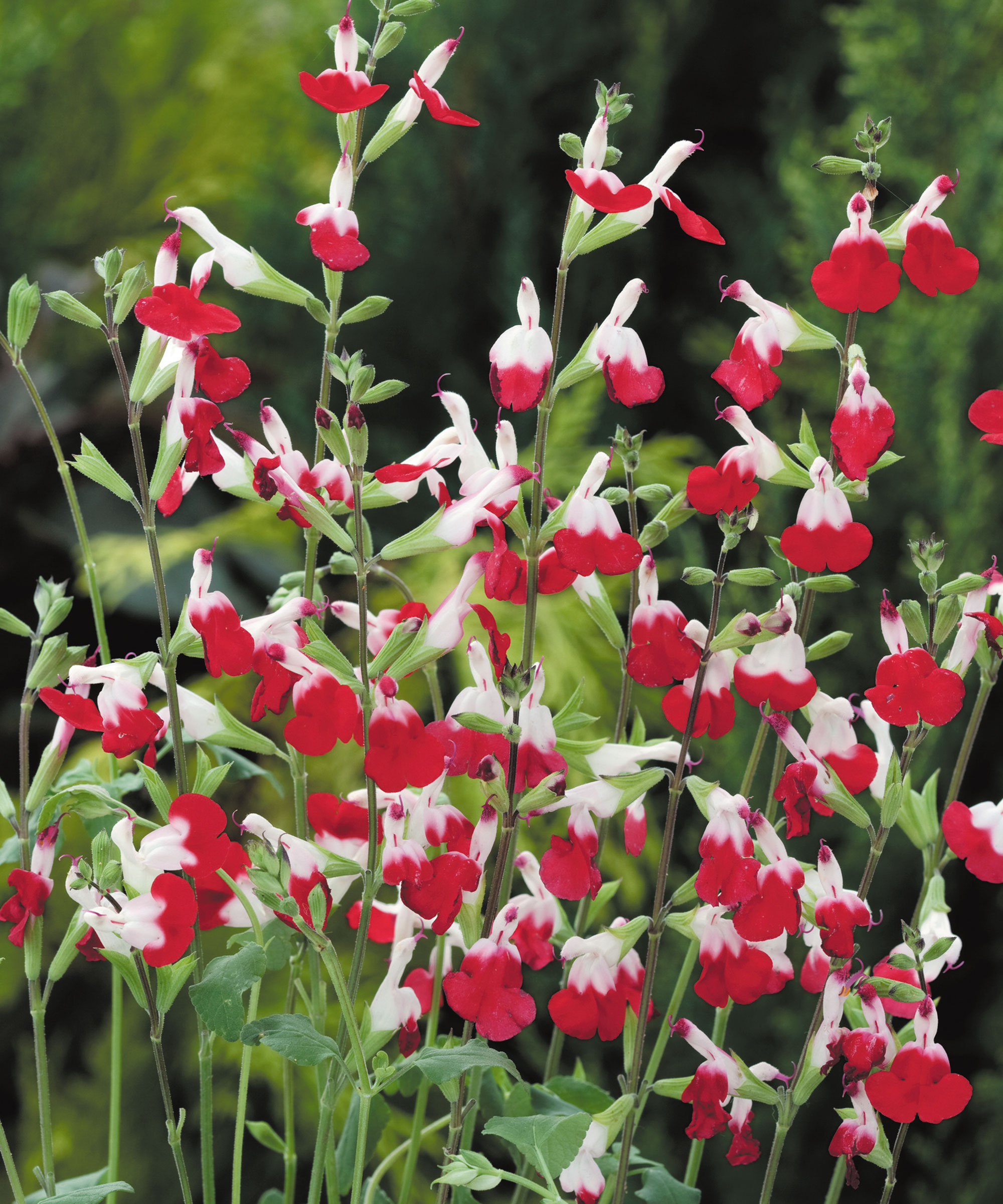
Mediterranean garden favorites like salvias may become more commonplace in planting schemes
Later garden performers such as phlox, monarda, helenium, aster and rudbeckia are all bushy plants, she adds, which put on lots of leafy growth, demanding water just at the time when summer heat is most intense, and quickly flopping when subject to drought.
‘Swap them for plants with smaller leaves or spines, such as echinops, eryngiums, achilleas and Echinacea purpurea which will all remain standing proud in the heat.’

Jayne Dowle is an award-winning gardening, homes and property writer who writes for publications including Sunday Times Home, Times Bricks & Mortar, Grand Designs, House Beautiful and The Spectator. She was awarded the Garden Journalist of the Year accolade at the Property Press Awards in 2021.
